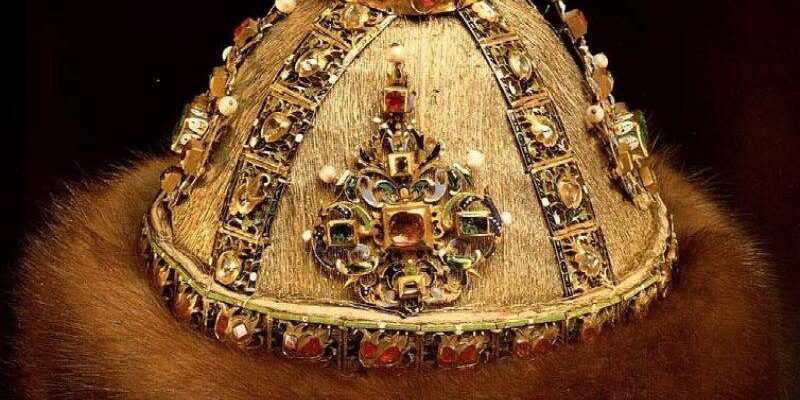Diamond Fund of Russia
The Diamond Fund of Russia is a permanent exhibition showcasing unique collections belonging to the country’s State Repository of Valuables. Nuggets, rare gems, jewelry from the 18th to 20th centuries, as well as works of art of special historical, scientific or artistic value are on display in the Moscow Kremlin.
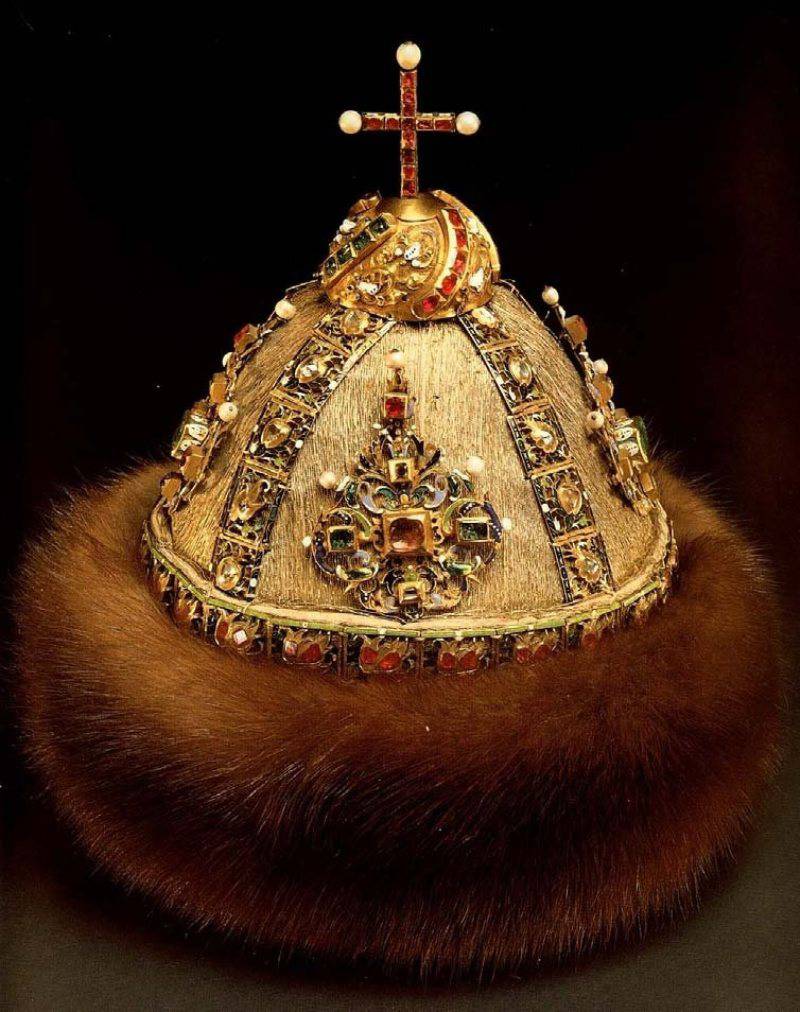
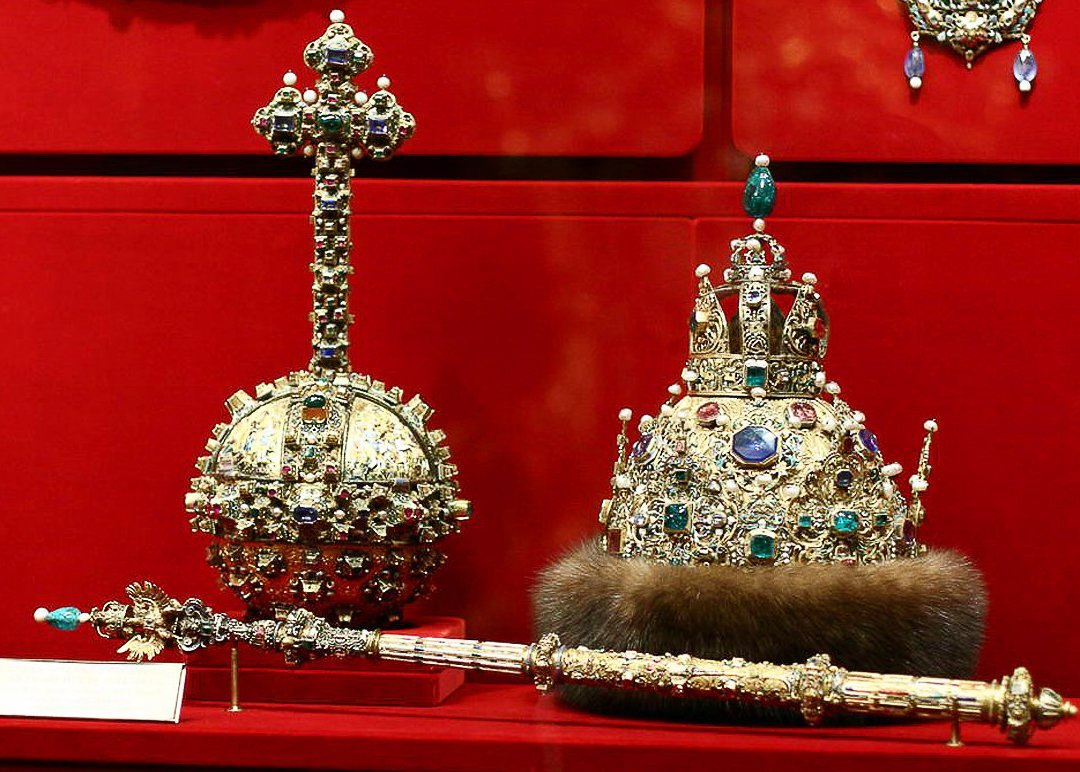
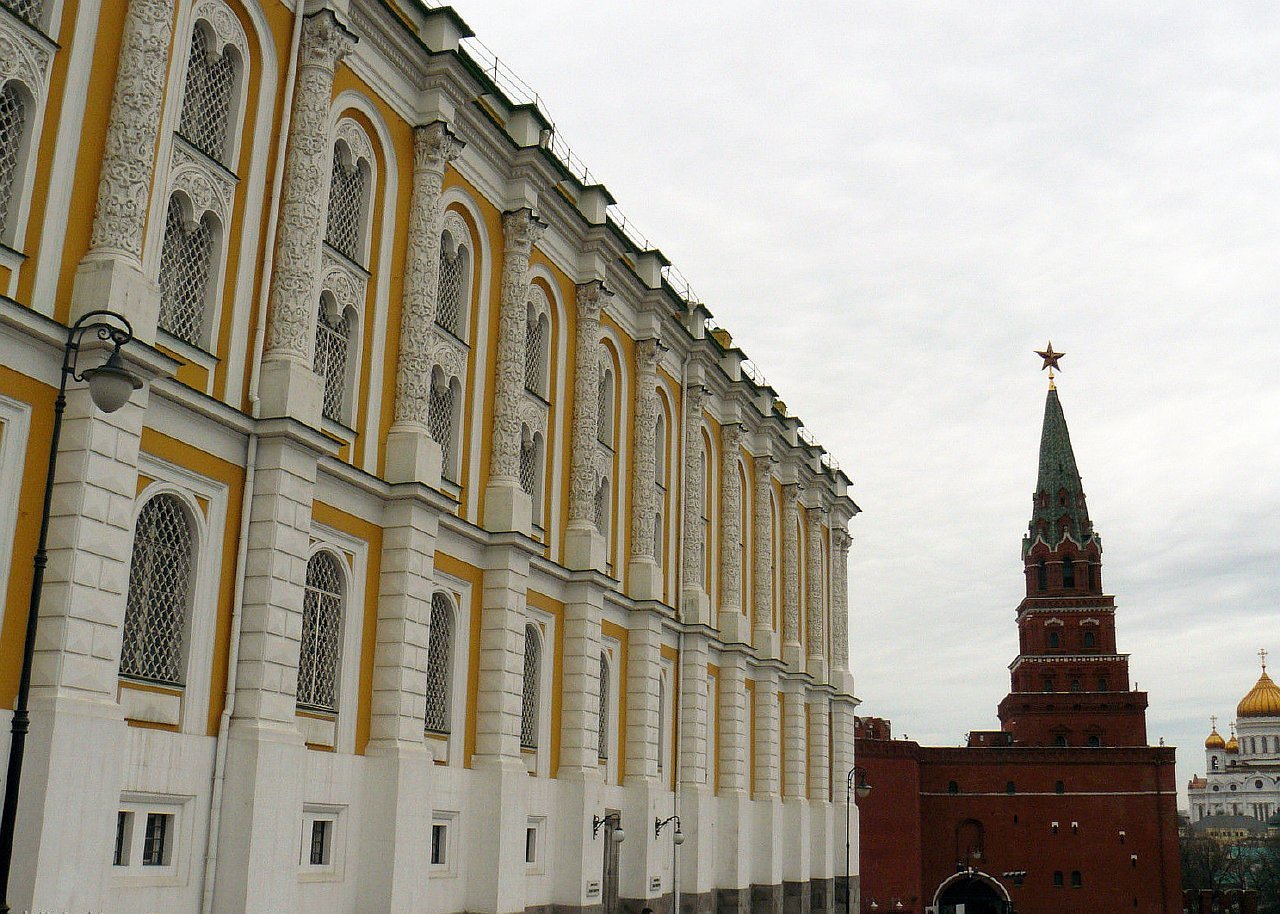
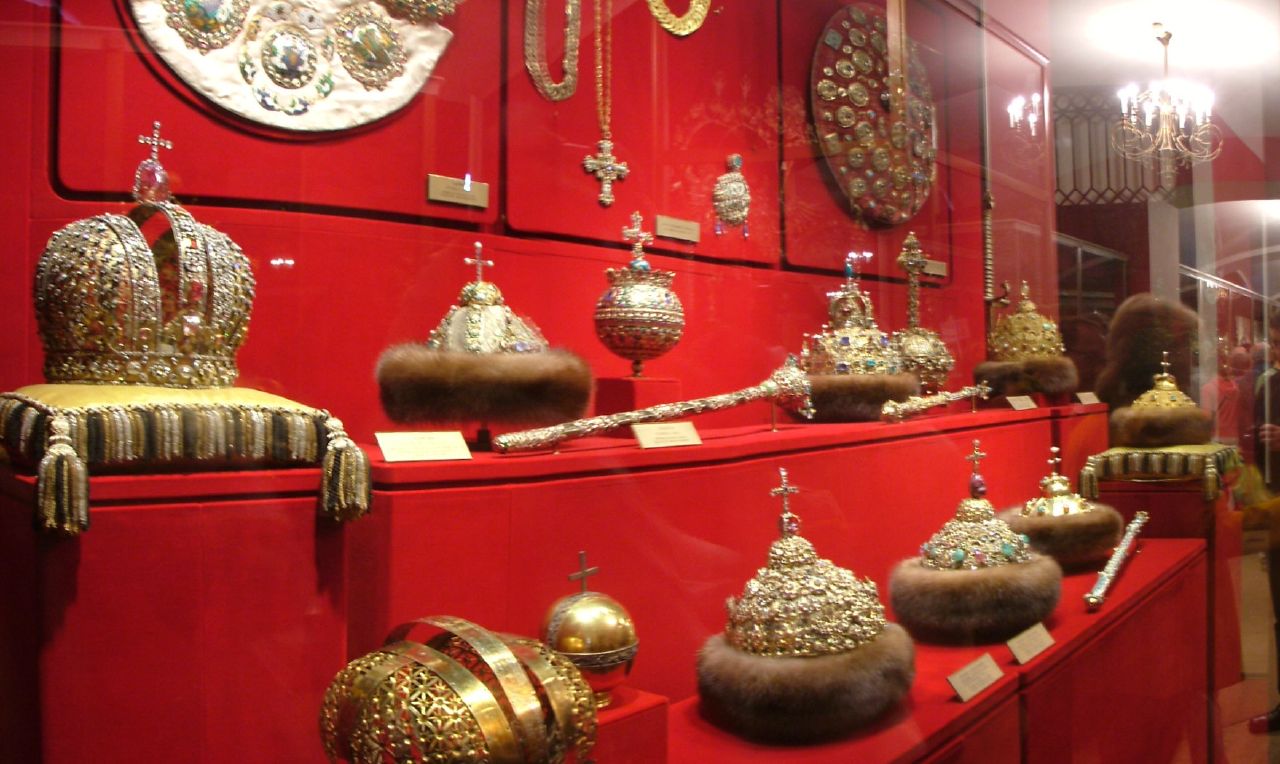
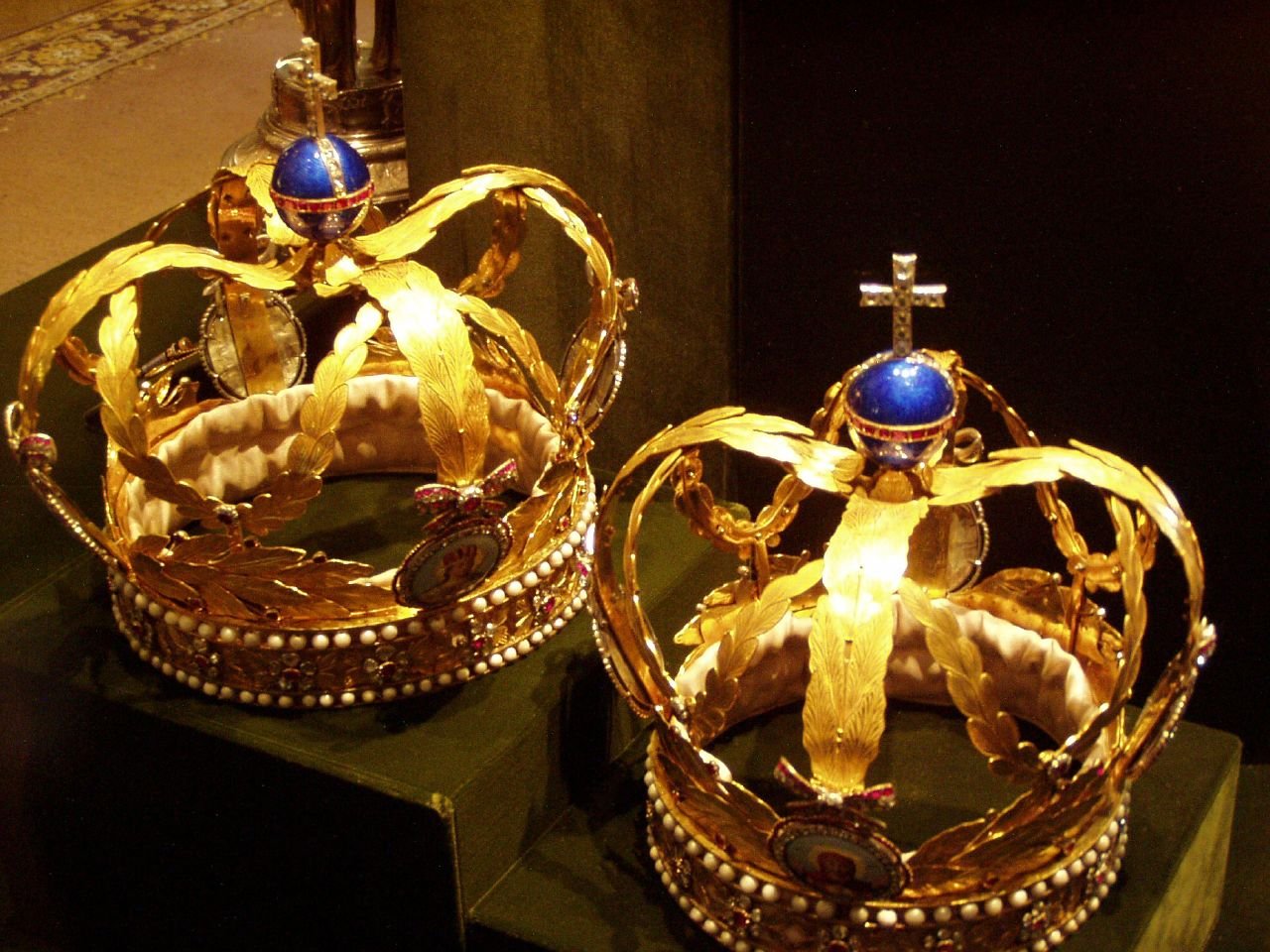
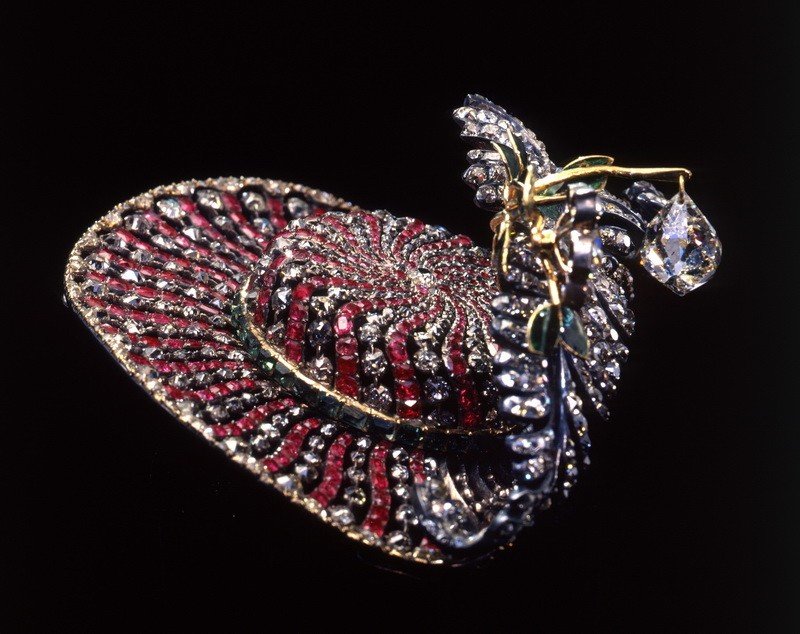
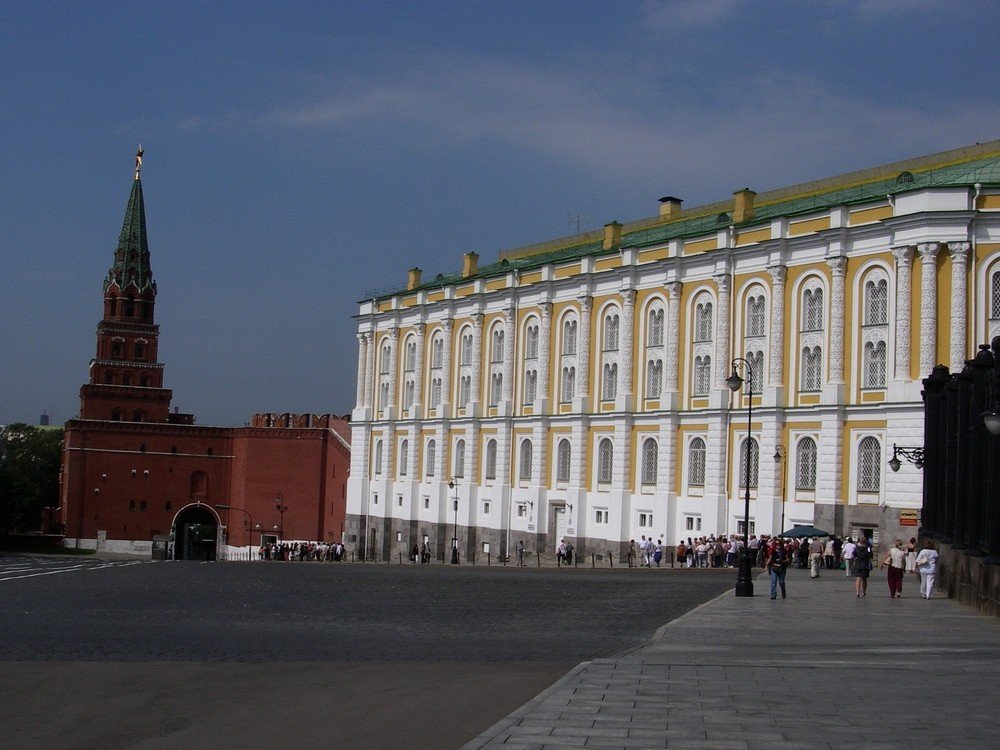
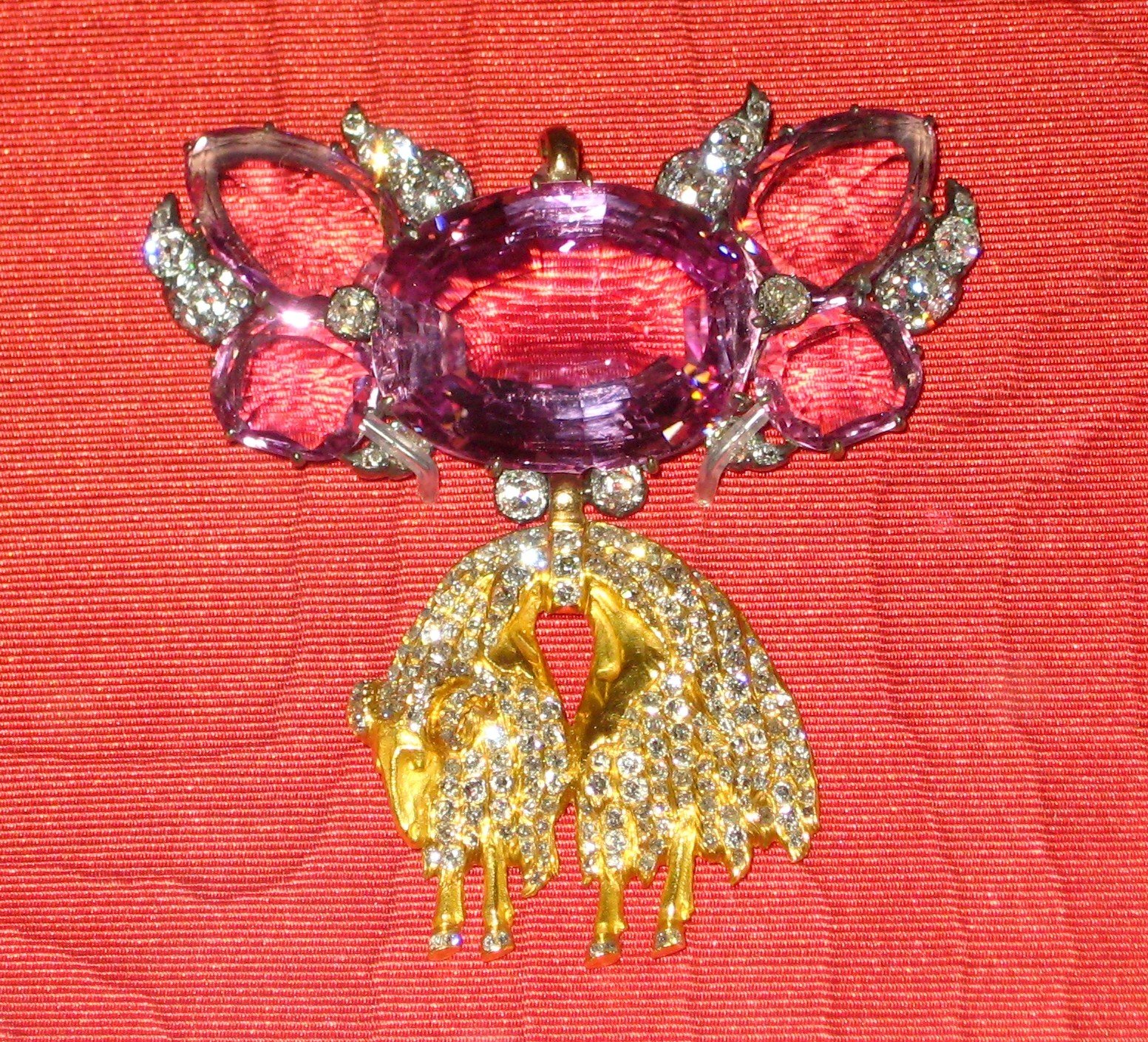
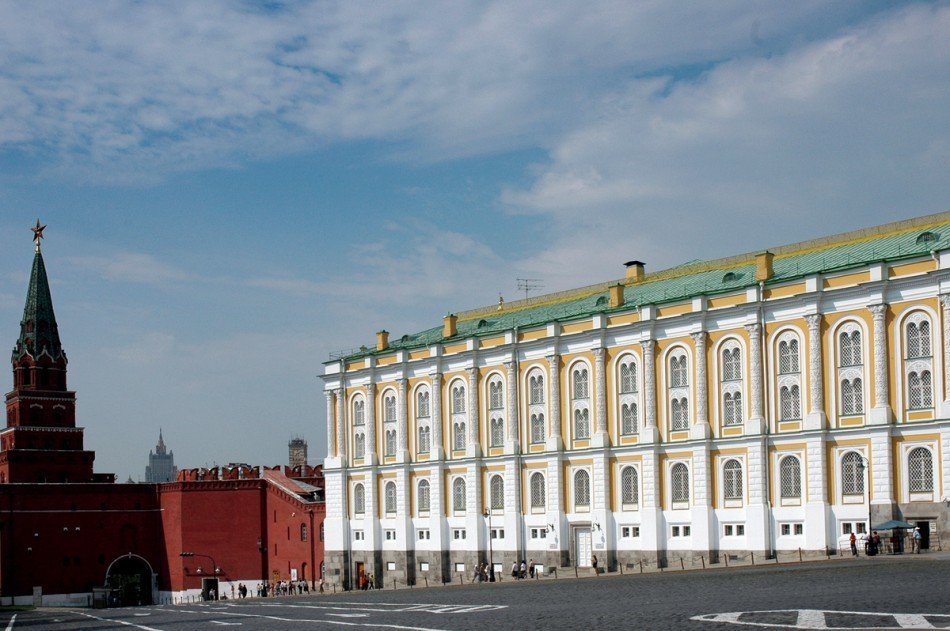
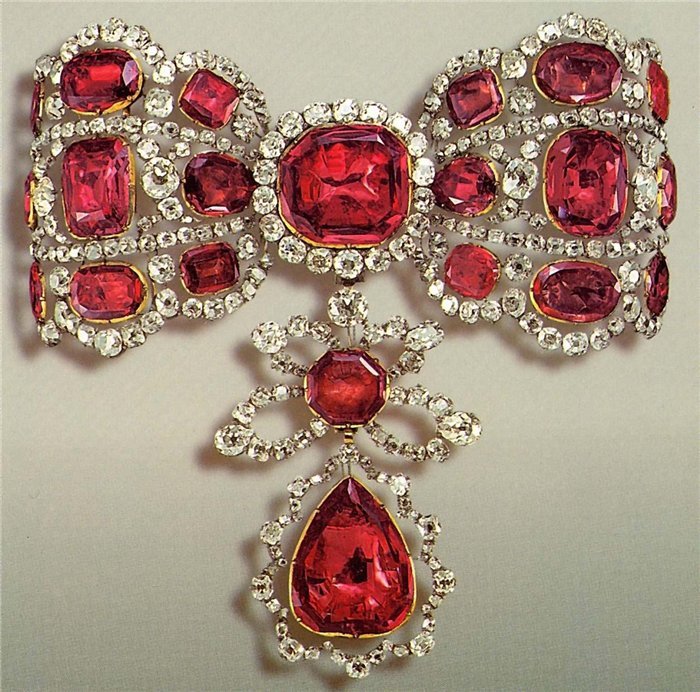
Video: Diamond Fund of Russia
Contents- Highlights
- How the Diamond Fund was created
- What you can see at the Diamond Fund today
- How the exhibition works
- How to get there
Highlights
The Diamond Fund’s museum collection is based on treasures that belonged to the Russian royal family. This is the genealogical book of the Russian Imperial House, wills of the tsars, state regalia, imperial jewelry and orders, which members of the royal family wore on especially solemn days. The Russian court has always been famous for its splendor and magnificence and was considered one of the most brilliant courts in Europe. For the Russian emperors worked the best jewelers who created real works of art.
The vault, created by Peter the Great, was located in St. Petersburg until 1914, and then moved to Moscow. The exposition was officially opened in 1967. Nowadays, the Diamond Fund is one of the most visited Moscow museums, which arouses genuine interest of both Russian and foreign tourists.
.How the Diamond Fund was created
The initiative to create a special collection belongs to the Russian sovereign Peter the Great. At the beginning of the 18th century, he initiated the establishment of a special state depository of the most valuable things for Russia, first of all, special regalia used during coronations.
In 1719, an imperial decree approved the charter (or regulations) of the Chamber-College. After that, state valuables began to be stored in the treasury (rentereya). This was the name of a special chest that closed with three locks. Separate keys were held by three state officials. They were entrusted to the chamber-president, chamber-advisor, and the king’s rentmeister. When these officials gathered, they would open the royal treasury and take out the crown, scepter and orb, as well as other valuable items intended for especially solemn rituals.
.Later, the personal belongings of members of the imperial house also became state property and were kept in the Brilliant (Diamond) Cabinet in the Winter Palace. The luxurious room was designed by architect Y.M. Felten and was considered one of the most lavishly decorated corners of the main residence of the Russian tsars.
.
With each successive emperor, changes were made to the rules for storing state valuables. Some of the tsars sold part of the collection, others remodeled individual items in accordance with new fashion trends. But invariably the treasury was replenished with new valuables – the most beautiful gems and luxurious jewelry.
.
In 1914, due to a possible threat during World War I, the entire collection was hastily moved from St. Petersburg to Moscow and placed in the basement of the Armory Chamber. In early 1922, the new Soviet government created a special commission, which conducted an expert examination and described the jewels. The imperial regalia and gems became part of the newly created repository, called the “State Diamond Fund.”
.The first public display of valuables took place in 1925 in the building of the House of Unions. In the late 1920s and early 1930s, part of the unique collection was sold off abroad, at auctions.
.
The Soviet government organized the exhibition accessible to all in 1967. It was originally intended to be set up for only a year. But visitors showed such great interest in the exhibits of the Diamond Fund that by a special government decision the exhibition was made permanent.
Later the exhibition was replenished.
Later the exposition was replenished with new values. Rare diamonds, as well as large-sized nuggets from new domestic deposits in Yakutia began to arrive here.
.
In the 1970s, ancient jewelry and regalia that used to belong to the imperial family underwent restoration in a special experimental jewelry laboratory. Master restorers fully restored the Large and Small Crowns of the Russian Emperors. In addition, highly qualified jewelers made more than a hundred new pieces of jewelry for the Diamond Fund.
.What can be seen at the Diamond Fund today
These days, the exhibition operates permanently and is housed in two large halls. In one of them historical treasures are exhibited, and in the other – gemstones, large nuggets and jewelry of modern masters.
.
Thematically, the exposition is divided into seven parts: imperial regalia for coronation, orders, works of jewelers of the 18th and 19th centuries and the second half of the last century, large diamonds, rare gems, and large nuggets.
.The most valuable exhibits of the Diamond Fund are considered to be the Big and Small Crowns, the orb of Russian emperors and the scepter. Among the rare gems on display are the famous Shah diamond, a 398-carat spinel, a 258-carat sapphire, a 192-carat chrysalite and a 136-carat emerald. There is also a large nugget of gold “Mephistopheles”, several copies of the Order of Victory, the mineralogical collection of the Russian Tsarina Catherine II and other valuables.
.How the exhibition works
The Diamond Fund is open any day, except Thursdays and holidays, from 10 a.m. to 6:15 p.m. No children under the age of 6 are allowed to visit the exhibition.
.
Tickets are purchased on the day of the visit. They are sold on the territory of the Alexander Garden, at the ticket office No. 4. The ticket office is open from 9.00 to 16.30, with a break from 12.00 to 13.00.
.
You can visit the exhibition as part of a tour group led by a Russian-speaking guide. Foreign tourists see the exhibition without a guided tour or, if desired, can use audio guides. Inside the Diamond Fund it is forbidden to take photos and videos, as well as to use cell phones.
.How to get there
The exhibition of the Diamond Fund of Russia is located in Moscow, on the territory of the Kremlin. The entrance is through the Borovitsky Gate. It is easy to get here on foot from the metro stations “Borovitskaya”, “Lenin Library” or “Alexandrovsky Sad”.
.
